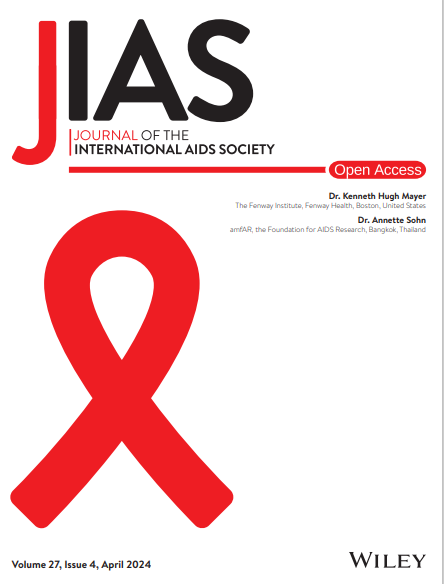Programme science methodologies and practices that address “FURRIE” challenges: examples from the field
Abstract
Introduction
“Programme science” deploys scientific methods to address questions that are a priority to support the impact of public health programmes. As such, programme science responds to the challenges of making such studies: (1) feasible to undertake, (2) useful, (3) rigorous, (4) real-world-relevant, (5) informative, and undertaken by (6) equitable partnerships. The acronym “FURRIE” is proposed to describe this set of six challenges. This paper discusses selected HIV/STI (sexually transmitted infection) programme science case studies to illustrate how programme science rises to the FURRIE challenges.
Discussion
One way in which programme science is made more feasible is through the analysis and interpretation of data collected through service delivery. For some questions, these data can be augmented through methods that reach potential clients of services who have not accessed services or been lost to follow-up. Process evaluation can enhance the usefulness of programme science by studying implementation processes, programme−client interactions and contextual factors. Ensuring rigour by limiting bias and confounding in the real-world context of programme science studies requires methodological innovation. Striving for scientific rigour can also have the unintended consequence of creating a gap between what happens in a study, and what happens in the “real-world.” Community-led monitoring is one approach to grounding data collection in the real-world experience of clients. Evaluating complex, context-specific strategies to strengthen health outcomes in a way that is informative for other settings requires clear specification of the intervention packages that are planned and delivered in practice. Programme science provides a model for equitable partnership through co-leadership between programmes, researchers and the communities they serve.
Conclusions
Programme science addresses the FURRIE challenges, thereby improving programme impact and ultimately health outcomes and health equity. The adoption and adaptation of the types of novel programme science approaches showcased here should be promoted within and beyond the HIV/STI field.

 求助内容:
求助内容: 应助结果提醒方式:
应助结果提醒方式:


